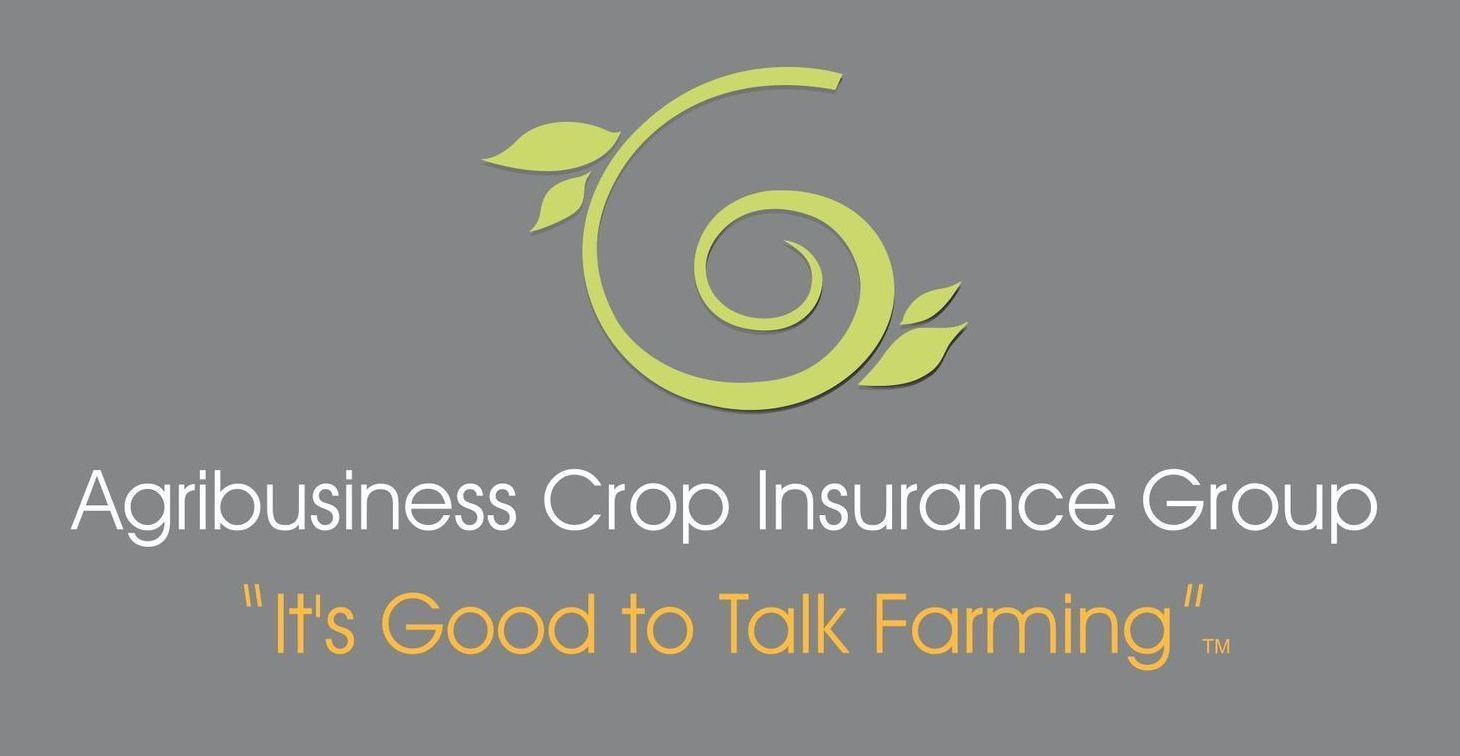Our Apiculture Services
Honey, Pollen Collection, Beeswax, Breeding Stock
These programs use rainfall indices to estimate local rainfall, allowing beekeepers to purchase insurance protection against production risks. The Rainfall Index uses the same basic provisions as the Pasture, Rangeland, Forage program. Basic provisions are the terms and conditions included in all policies under these plans.
The Apiculture Pilot Insurance Programs provide a safety net for beekeepers' primary income sources – honey, pollen collection, wax and breeding stock. Apiculture systems consist of different types of plants or crops and often contain mixtures of different species, each with different growth habits and seasons, vegetation greenness and health, rain requirements and other climate conditions necessary to maintain plant growth over extended periods of time.
Designed for Maximum Flexibility.
The Apiculture Pilot Insurance Program was designed to give you maximum flexibility. You do not need to insure all of your colonies.
However, you cannot insure more than the total number of colonies you own. By selecting a protection factor, you can establish a value between 60 and 150 percent of the county base value and match the amount of protection to the value of the production that best represents your specific operation, as well as the productive capacity of your colonies.
You will be asked to make several choices when insuring your operation, including coverage level, index intervals, protection factor and number of colonies. You should work with your crop insurance agent to view the decision tool, map and historical indices for your area. Colonies will be assigned to one or more grids based on the location to be insured.
County base values for the Apiculture Pilot Insurance Program are based on honey production and use a 5-year rolling average of USDA National Agricultural Statistics Service (NASS) data. The yield data is based on the NASS State average and the price is the national average honey price for a given year.
Availability
API is available in the 48 contiguous states with the exception of grids that cross international borders.
Coverage and Claims
Coverage is based on your selection of coverage level, index intervals, and productivity factor. The index interval represents a two-month period, and the period you select should be the one when precipitation is most important to your operation.
This insurance coverage is for a single peril: lack of rain. Coverage is based on the experience of the entire grid. It is NOT based on individual farms, ranches, or specific weather stations in the general area.
Your insurance payments are determined by using NOAA CPC data for the grid(s) and index interval(s) you have chosen to insure. When the final grid index falls below your "trigger grid index”, you may receive an indemnity. This insurance coverage is for a single peril, lack of precipitation. Coverage is based on the experience of the entire grid; it is not based on an individual farm or ranch or specific weather stations in the general area. You can find more detailed information on the NOAA website at http://www.cpc.ncep.noaa.gov/products/monitoring_and_data/ and https://www.cpc.ncep.noaa.gov/
The Rainfall Index uses National Oceanic and Atmospheric Administration Climate Prediction Center (NOAA CPC) data, and each grid is 0.25 degrees in latitude by 0.25 degrees in longitude. You must select at least two, 2-month time periods where rain is important to your operation in your area. These time periods are called index intervals. Your insurance payments will be calculated using NOAA CPC data for the grid(s) and index interval(s) you have chosen to insure. When the final grid index falls below your "trigger grid index,” (coverage level multiplied by the expected grid index) you may receive a loss payment.
This insurance coverage is for a single peril: lack of rain. Coverage is based on the experience of the entire grid. It is NOT based on individual farms, ranches, or specific weather stations in the general area. The Rainfall indices do not measure your direct production or loss. You are insurance a rainfall index that is expected to estimate your operation, including honey production. Please review historical indices for your area to ensure that this product will be helpful to you.

